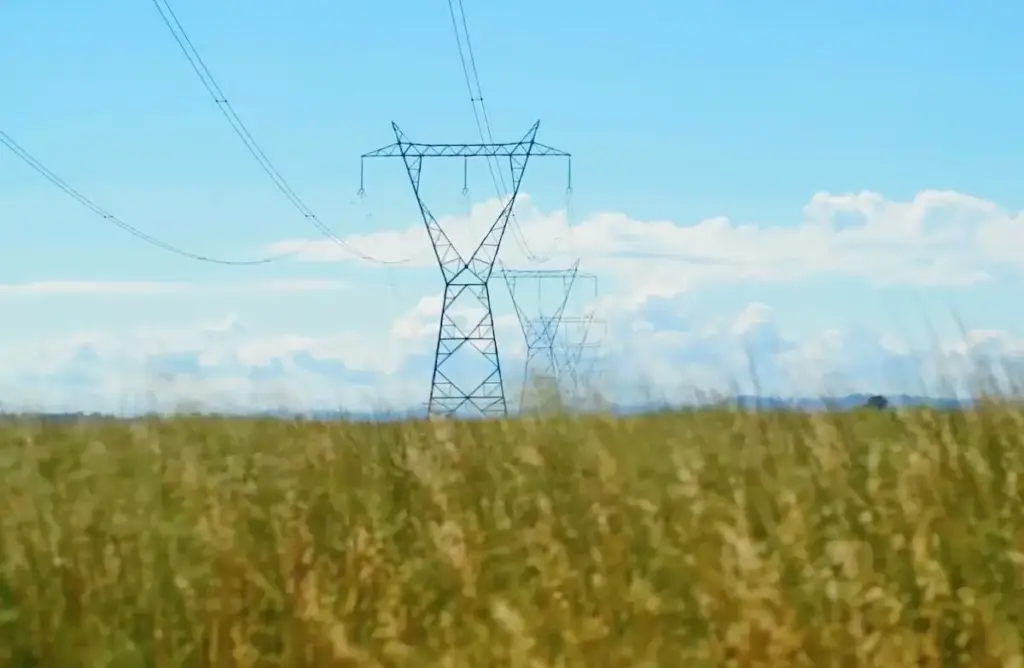
Network companies across Australia are under increasing pressure to justify substantial expenditures on major grid upgrades. This comes as transmission costs have doubled, and consumer-driven energy resources present potentially cheaper alternatives. A prime example is the contentious VNI West project, a proposed 500 kV interconnector from near Bulgana in Victoria to a new substation named Dinawan in southwest New South Wales. According to a recent report, its estimated cost has nearly doubled in just over a year.
The Australian Energy Market Operator (AEMO) announced on Thursday that it has reached the halfway point in its two-year cycle to develop the next Integrated System Plan (ISP) for the National Electricity Market. This plan is crucial as Australia aims for 82% renewable energy by 2030 and net zero emissions by 2050. As part of the planning for the 2026 ISP, a 2025 Electricity Network Options Report outlines more than 100 potential electricity network augmentation projects across the NEM.
Soaring Costs and Strategic Shifts
The report warns that the inputs determining which network projects will be included in the 2026 ISP are rapidly changing, particularly transmission cost estimates. AEMO notes that in some cases, these estimates are up to 100% higher than those projected for 2024. This is a significant increase from the 55% rise in costs AEMO predicted in its Draft 2025 Electricity Network Options Report published in May.
“After accounting for inflation, transmission cost estimates are markedly increased from equivalent estimates considered as inputs to the 2024 ISP, ranging up to around 100% higher in some cases,” notes the 2025 Electricity Network Options report.
One notable example is the Victorian to New South Wales Interconnector West, or VNI West, being developed by Transgrid and AEMO Victorian Planning. The 2025 Network Options report currently estimates the cost of VNI West at $7 billion, while developers suggest it could be closer to $7.6 billion, with a potential range of 30% lower or 50% higher. In contrast, the 2024 ISP had estimated the cost at approximately $3.9 billion.
Challenges and Alternatives
AEMO attributes the significant cost increase to various factors, including sustained supply chain pressures, project complexity, social license costs, and additional community and landholder engagement along unpopular transmission line routes. Moreover, there are increased contracting costs to account for risk allocation in EPC contracts due to current market pressures.
“This important finding indicates that transmission projects in the NEM are currently experiencing very strong competition for workforce and resources both within Australia and globally,” the report states. “We recognize that higher costs for network development would ultimately affect consumer bills,” adds AEMO executive general manager of system design, Merryn York.
Adding to the challenge of rising capital costs is the growing competition from alternative options, such as distribution networks hosting large-scale renewables and strengthening weak grid parts through smart consumer energy resources (CER) management. AEMO has begun engaging with distribution networks to incorporate insights about their networks and the impact on CER into future ISPs.
Future Directions and Consumer Impact
The report provides, for the first time, proposed distribution network opportunities to facilitate the operation of CER and other distributed resources. These additions could enhance the existing ability of distribution networks to connect and operate CER across the NEM and may be necessary to manage the forecast uptake of CER in various ISP scenarios. AEMO has also included several distribution network augmentation options to connect utility-scale generation and storage to high-voltage distribution networks or sub-transmission networks.
“AEMO has included distribution options which are jointly planned between DNSPs, TNSPs, and jurisdictional bodies, adding more than 350 MW of additional network capacity, and are cost-competitive with REZ options,” the report adds.
This comprehensive report equips AEMO with the best available information to start modeling the 2026 ISP, which promises to be markedly different from any previous plans. Distribution businesses are also on notice to prepare for a future grid dominated by rooftop solar and home battery storage, especially following the July launch of the Cheaper Home Batteries rebate.
The distribution network will play an increasingly important role in linking individual consumers, their CER such as rooftop solar and household batteries, and other distributed resources into one integrated power system. New investments in these electricity networks will be essential to provide consumers with access to secure and reliable energy and enable a net zero economy.
If you wish to support independent media and accurate information, please consider making a one-off donation or becoming a regular supporter of Renew Economy. Your support is invaluable.






